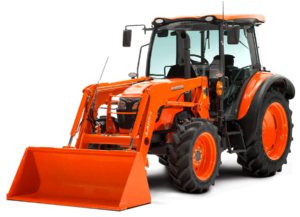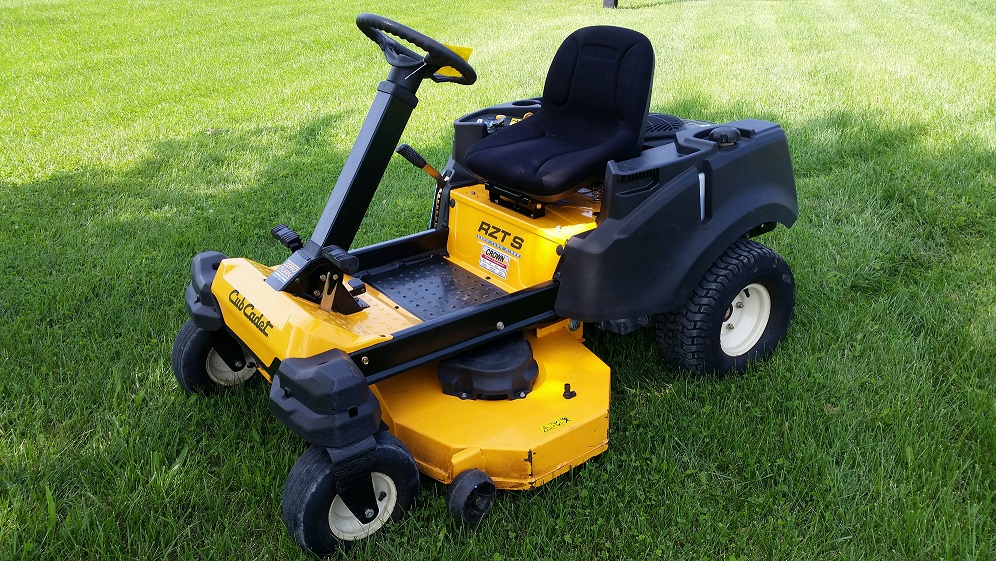As temperatures drop and leaves begin to fall, your Kubota equipment faces new challenges that can impact its performance and longevity. Cold weather, moisture, and harsh conditions demand proactive maintenance to ensure your machinery operates reliably when you need it most.
Proper seasonal maintenance isn’t just about preventing breakdowns—it’s about maximizing your investment and avoiding costly repairs. Whether you’re using your Kubota for landscaping, farming, or construction projects, following a comprehensive fall and winter maintenance routine will keep your equipment running at peak performance for years to come.
This guide will walk you through essential maintenance tasks that every Kubota owner should complete before and during the cold season. From fluid changes to storage preparation, these proven strategies will help you protect your equipment and maintain optimal performance throughout the challenging winter months.
Preparing Your Kubota for Cold Weather 
Cold weather places unique demands on your Kubota equipment, making proper preparation essential for reliable operation. Start your seasonal maintenance routine early, ideally before temperatures consistently drop below 50°F.
Checking and Replacing Fluids
Engine oil becomes thicker in cold temperatures, making it harder for your engine to turn over and reducing lubrication efficiency. Check your owner’s manual for the recommended oil viscosity for cold weather conditions. Multi-grade oils like 5W-30 or 10W-30 typically work well for most Kubota engines in winter conditions.
Replace your engine oil and filter before the cold season begins. Fresh oil flows better in cold temperatures and provides superior protection against engine wear. Don’t forget to check hydraulic fluid levels and condition—hydraulic systems work harder in cold weather and require clean, properly maintained fluid to function effectively.
Coolant protection becomes critical as temperatures drop. Test your coolant mixture to ensure it provides adequate freeze protection for your local climate. Most Kubota equipment requires a 50/50 coolant-to-water ratio for protection down to -34°F. Replace coolant that appears dirty or hasn’t been changed according to your maintenance schedule.
Battery Maintenance
Cold weather reduces battery capacity by up to 50%, making proper battery care essential for reliable starts. Clean battery terminals and apply a thin layer of petroleum jelly to prevent corrosion. Check the battery charge using a multimeter—a fully charged battery should read 12.6 volts or higher.
Consider investing in a battery tender or trickle charger for equipment that won’t be used regularly during the winter months. These devices maintain optimal battery charge without overcharging, extending battery life, and ensuring your Kubota starts reliably when needed.
Tire Inspection and Care
Cold temperatures cause tire pressure to drop approximately 1-2 PSI for every 10°F decrease in temperature. Check tire pressure regularly and maintain manufacturer-recommended levels for optimal traction and equipment stability.
Inspect tires for signs of wear, cracking, or damage that could worsen in harsh winter conditions. Consider switching to aggressive tread tires or adding tire chains if you’ll be operating in snow or icy conditions. Proper tire maintenance improves safety and prevents equipment damage from poor traction.
Essential Fall Maintenance Tasks 
Fall maintenance tasks prepare your Kubota for the upcoming winter season. These proactive steps prevent common cold-weather problems and ensure reliable operation.
Cleaning and Protecting Your Equipment
Remove accumulated dirt, grass, and debris from your Kubota’s exterior and engine compartment. Built-up debris traps moisture and can lead to corrosion during the winter months. Pay special attention to air intake areas, cooling fins, and hydraulic components.
Apply a protective wax coating to painted surfaces to guard against salt and moisture damage. Clean and lubricate all grease fittings according to your maintenance schedule. Proper lubrication becomes even more critical in cold weather when grease thickens and provides less protection.
Inspecting Belts and Hoses
Cold weather causes rubber components to become brittle and more prone to cracking or failure. Inspect all belts for proper tension, fraying, or glazing. Replace any belts showing signs of wear—a belt failure in cold weather can leave you stranded and potentially cause engine damage.
Check all hoses for cracks, soft spots, or signs of deterioration. Squeeze hoses gently to identify weak areas that might fail when subjected to cold temperature stress. Replace questionable hoses before they fail, preventing costly downtime.
Fuel System Care
Water contamination becomes a serious problem in cold weather as condensation forms in fuel tanks. Add a fuel stabilizer to prevent fuel degradation and water separation during storage periods. Keep your fuel tank as full as possible to minimize condensation formation.
Replace fuel filters according to your maintenance schedule, or more frequently if you suspect water contamination. Clean fuel systems operate more efficiently and are less likely to experience cold-weather starting problems.
Consider using winter-grade diesel fuel or fuel additives designed for cold-weather operation. These products improve fuel flow characteristics and prevent gelling that can clog fuel lines and filters.
Winter Storage Tips
Proper storage preparation protects your Kubota during extended periods of non-use and ensures trouble-free operation when you’re ready to get back to work.
Preparing for Long-Term Storage
If you won’t be using your Kubota regularly during the winter months, proper storage preparation prevents damage and reduces maintenance needs. Start by thoroughly cleaning your equipment to remove any corrosive materials like fertilizer, salt, or chemicals.
Change engine oil and filter before storage—used oil contains contaminants that can cause corrosion during storage periods. Fill the fuel tank and add fuel stabilizer to prevent fuel degradation and varnish formation in the fuel system.
Run the engine for several minutes after adding fuel stabilizer to ensure it circulates throughout the fuel system. This step prevents fuel system deposits that can cause starting problems when you return your equipment to service.
Protecting Against Corrosion
Moisture is your equipment’s biggest enemy during storage. Store your Kubota in a dry, well-ventilated building whenever possible. If indoor storage isn’t available, use a high-quality waterproof cover designed for outdoor equipment storage.
Apply rust-preventive oil to exposed metal surfaces, particularly hydraulic cylinders and implement mounting points. These areas are prone to corrosion when exposed to moisture over extended periods.
Remove the battery and store it in a cool, dry location. Charge the battery monthly or use a battery tender to maintain proper charge levels throughout the storage period.
Securing Your Kubota
Protect your investment by securing your equipment against theft and unauthorized use. Store your Kubota in a locked building or use heavy-duty chains and locks to secure it to a permanent structure.
Remove valuable attachments and store them separately if possible. Consider installing additional security features like GPS tracking systems for high-value equipment that must be stored outdoors.
Document your equipment’s condition with photographs before storage. This documentation helps with insurance claims if damage occurs during the storage period.
Maximize Performance with Proactive Care
Your Kubota equipment represents a significant investment that deserves proper protection throughout the challenging fall and winter seasons. By following these comprehensive maintenance guidelines, you’ll ensure reliable operation, extend equipment life, and avoid costly repairs.
Remember that preventive maintenance costs far less than emergency repairs or equipment replacement. Schedule regular maintenance tasks on your calendar and stick to your routine—your equipment’s performance and longevity depend on consistent care.
Start implementing these maintenance practices now, before harsh weather arrives. Your proactive approach will pay dividends in improved reliability, reduced downtime, and years of dependable service from your Kubota equipment.






